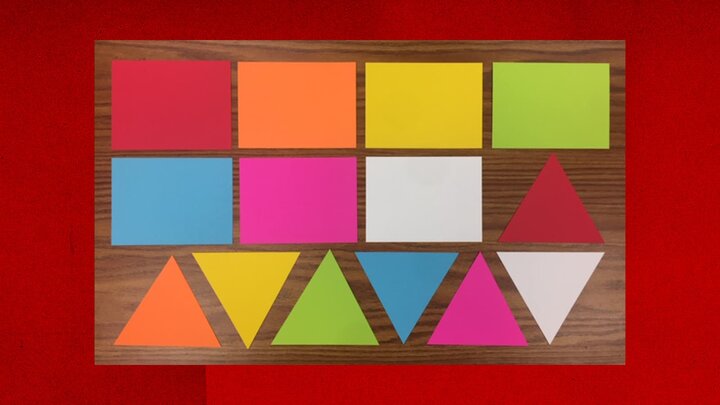When it comes to large classes, encouraging participation of all students is challenging and instructors employ many techniques. High tech solutions such as iClickers are great for formative assessment and getting a sense if students have the desired knowledge and understanding – so long as the question can be framed as a multiple choice, fill-in-the-blank, or matching item. When instructors desire more complex responses, they are often advised to employ techniques such as the one-minute essay, where students write about a particular topic or respond to a particular question for one minute. While these approaches are highly effective, they do not address students speaking in class or directly support verbal dialogue in the classroom.
One approach that does prompt students to speak is an innovative and low-tech method currently employed by Aaron Bronfman in Medical Ethics 213. In this 70+ student course, Bronfman seeks to improve students’ abilities to speak about ethical issues and engage in philosophical dialogue. He requires students to participate seven of the 15 weeks of the term. However, Bronfman acknowledges that speaking up in a large class can be difficult, especially for shyer students.
“It can be intimidating to speak in a large group, but such participation is highly valuable in helping your thinking and everyone else’s,” he writes in his syllabus. Bronfman also gives students many ideas of what they might consider talking about. Among these suggestions are “request clarification, ask questions, answer questions, bring up a relevant point from readings, add a new consideration or example to the debate, propose a view on an issue, offer a reason for or against a view being discussed, and introduce relevant background information or personal experience into the discussion.” He also assures students the class is a safe place to explore topics by emphasizing that there is “no presumption that your contributions to class discussion represent your final view on an issue, so you should feel free to raise ideas or objections even if you are uncertain whether you ultimately agree with them.”
To keep track of student participation and help ensure more reticent students are not overshadowed by more outgoing students, Bronfman uses a low-tech, card-based approach.

At the beginning of the term, students receive 14 cards of various colors and shapes. 1. Red Rectangle, 2. Orange Rectangle, 3. Yellow Rectangle, 4. Green Rectangle, 5. Blue Rectangle, 6. Fuchsia Rectangle, 7. White Rectangle, 8. Red Triangle, 9. Orange Triangle, 10. Yellow Triangle, 11. Green Triangle, 12. Blue Triangle, 13. Fuchsia Triangle, 14. White Triangle. Each week students get credit for participating by using a maximum of one card.
It starts when a student who hasn’t yet spoken raises Card #1 (Red Rectangle). That student is called upon and they turn their card in. For the rest of that week, that particular student would raise their hand if they wished to participate further. Students indicate their desire to participate in subsequent weeks by raising the next card in sequence. The card numbers do not match the weeks of the term. They represent the number of times students have participated. The color and shape of the card allow the instructors to prioritize calling on students who have spoken less. For example, if during week five, Bronfman sees a student raise a red rectangle (card #1), he knows to call on that student before a student with the blue rectangle (card #5).
This approach to facilitating participation helps ensure that all students are fairly credited and have equal opportunity for being called upon yet does not put students uncomfortably “on the spot” in the same way direct questioning by the instructor does.




